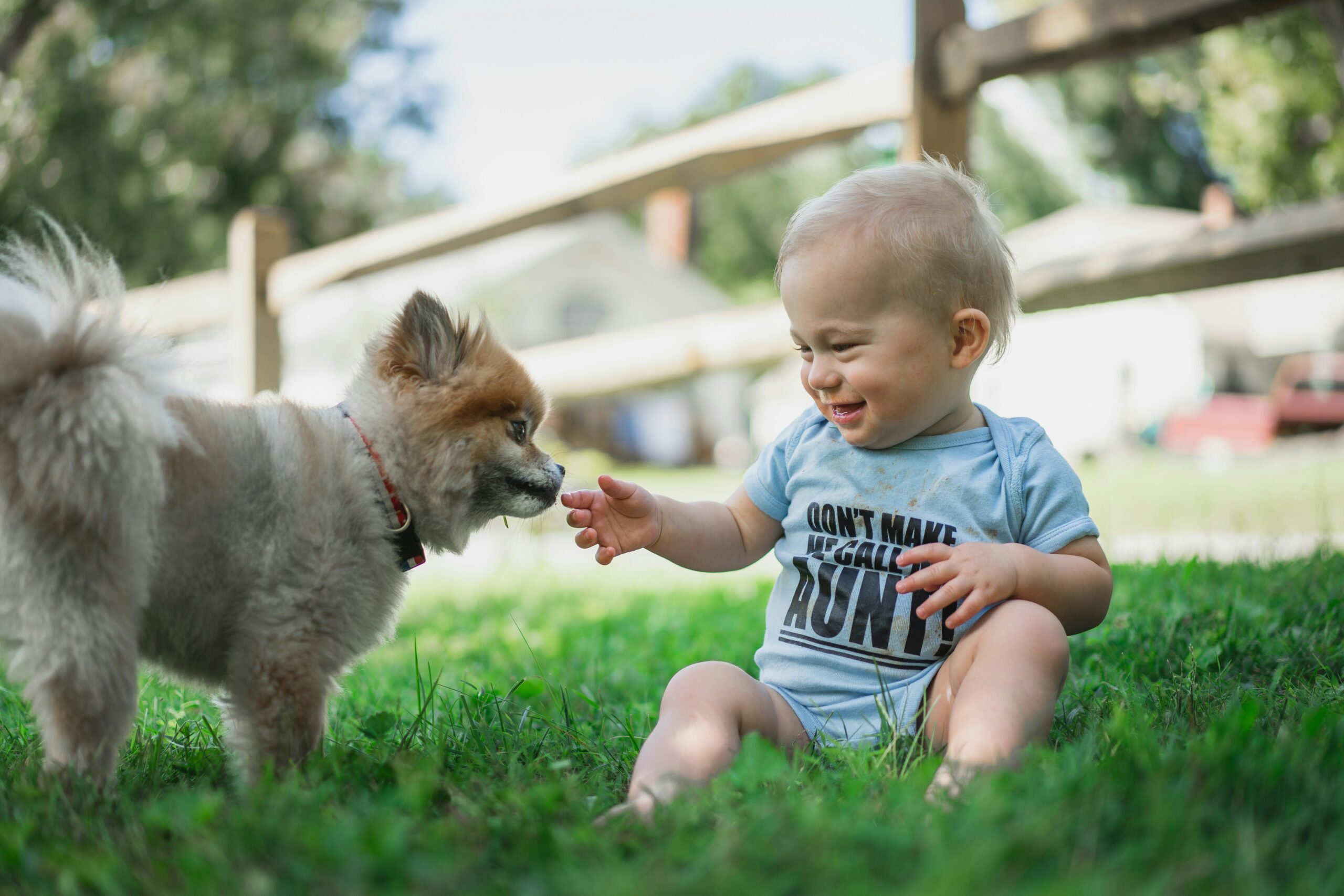There are lots of benefits in getting your dog to wear a harness, instead of getting them to wear collars or a leash. If your dog tends to pull too much while you are walking, a harness will help you train the dog to stop pulling, without hurting the animal. The harness will distribute weight evenly across the chest of the dog whereas the collar does not. Another benefit of the harness is that it comes with a handle at the back and that will help owners assist the dog over different barriers. The following hacks can help you harness-train your dog easily;
Choose the Right Harness for the Dog
There are two types of harness in the market; the Over-head and the Step-in. The step-in option can be a lot easier to put on the dog and you will probably adjust once. The over-head harness is placed over the dog’s head and then adjusted to make it fit. You should consider choosing the over-head harness because it comes with extra padding and will be more comfortable for the elderly and disabled dogs. A harness may seem uncomfortable on the dog’s neck for the first time but the animal will eventually get used to it. You can read out a great guide on choosing the best dog collars here.
Make the Dog Smell the Harness
The best possible way to get your dog to use a harness is to make the dog familiar with the harness. You can make the dog smell the harness around the period you will be putting the harness on the animal. If for instance, you like strolling with the dog in the early evening, you should allow the dog smell the harness between 3 and 5 pm, and you can do the same if you use the plan to use the harness in the morning. Let the dog smell the harness for about 10 minutes the same time every day until you begin to put the harness on the dog.
Use a treat and Touch the Dog with the Harness
If the dog refuses to smell the harness, perhaps you should consider adding a treat by tying it to the harness and that will allow the dog to eat the treat of the harness. If the dog is still not getting used to the harness, you can probably rub the harness on the dog and praise her when she makes contact. In most cases, the dog should get used to the harness when treats are added and you can easily slide the harness over her neck without any rejection from the animal.
Wear the Harness Properly
Most dogs will not wear a harness in the sensitive part of their bodies, and to combat this issue, you need to stroke and pet the dog in the sensitive areas where the harness will be touching and you can slide the harness to the neck of the dog without making it too tight.
If the harness comes with a buckle, you simply open and close the buckle until the animal becomes comfortable with the fitness.
Start Using Harness Slowly
Don’t be in a rush to use a harness on your dog, taking it slowly will surely help. For instance, you may want to use the harness for between 5 and 10 minutes in the beginning and then increase the duration steadily by adding 20 minutes at a time. If your dog can have the harness on her for a few minutes at a time, then she will be able to adjust accordingly when you take her out.
If your dog doesn’t enjoy having a harness on her at all, then you may have to check whether the harness is causing discomfort. In most cases, replacing the harness with a more comfortable option such as a fully-padded harness will make the dog more comfortable. Gradual training of a dog on a harness is one of the most effective ways of getting the animal used to it. Take the dog outside the home in the attached harness and leash, they will likely get used to it outside rather than inside the home.
Give the dog Some Break
If you take your dog outdoors for a very long time, for instance, when you have to go out and hike for more than 2 hours, you should temporarily give the dog some break by removing the harness from her for few minutes at a time.
Since dogs may find outdoor tasks such as prolonged hiking very stressful, it makes some sense to give them occasional breaks by allowing them to rest and also to roam freely, especially in areas that are not dangerous. You may want to carry your dog without a harness sometimes if she is showing signs of distress. Harness should not be used indoors, as the animal is supposed to work freely especially when she is familiar with all areas of the home.
Conclusion
For some breeds of dogs and those that are sick, it takes some weeks to get comfortable with the harness. This may be a sign that you are moving too fast forcing your dog to wear a harness. Make sure your dog wears harness inside the house and not outdoor, and attach the leash to the harness then let the dog drag the harness and leash after her. The main goal here is to break the dog’s resistance to harness unless the animal is convenient with the harness right from the first moment.
Most dog owners will later discover that choosing the right harness for their dogs seem to be the most difficult part of harness training. You may want to take the dog to the pet store when buying a harness for the first time, and then try out some products until you find the most convenient one. Take some time to choose the right harness and then train the dog with it without getting angry with the animal even when she is not getting along with the harness training.




